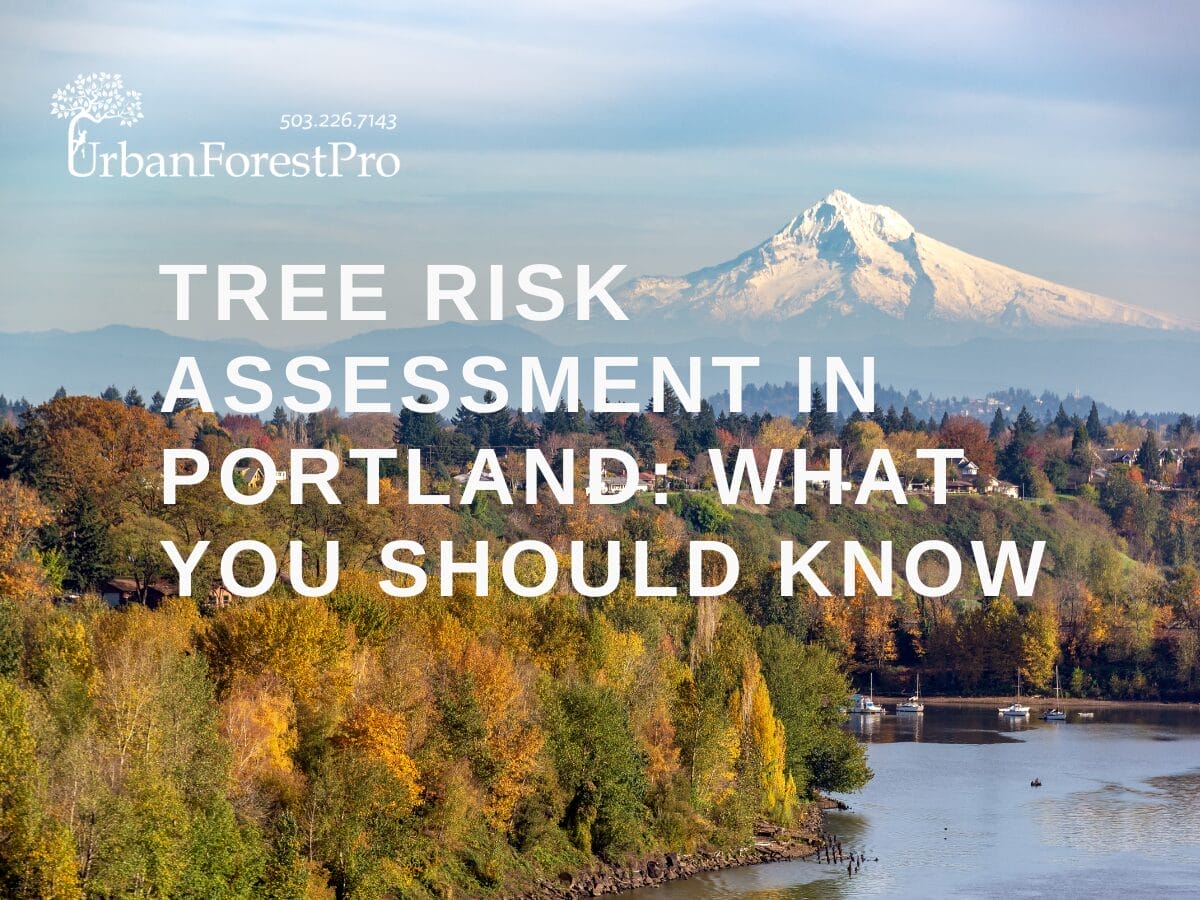 A tree risk assessment (TRA) is a formal evaluation that helps determine whether a tree poses a potential hazard to your property. Homeowners often confuse this with general tree evaluations, but a TRA follows strict criteria to ensure safety and health. This guide explains what a tree risk
A tree risk assessment (TRA) is a formal evaluation that helps determine whether a tree poses a potential hazard to your property. Homeowners often confuse this with general tree evaluations, but a TRA follows strict criteria to ensure safety and health. This guide explains what a tree risk
What Happens During a Tree Risk Assessment?
1.Inspection
- An arborist examines the structure, roots, and canopy for signs of weakness or disease.
- Factors such as age, species, and location are considered.
- The arborist may also assess past pruning or damage history to understand structural weaknesses.
2. Documentation
- Photos, notes, and measurements are compiled to support findings.
Arborists may reference historical growth patterns and previous assessments. - The assessment includes soil conditions, potential fungal growth, and nearby environmental stressors like construction or weather damage.
3. Tree Risk Evaluation & Recommendations
- The final report details potential hazards and outlines maintenance or removal options.
- Arborists categorize risks into low, moderate, high, or severe levels.
- If immediate action is necessary, recommendations may include pruning, bracing, soil aeration, or removal.
When Should You Get a Tree Risk Assessment?
A tree risk assessment isn’t always necessary, but in certain situations, it’s highly recommended:
- If your insurance company requires one: Some policies may request a TRA to evaluate trees near your home.
- After a storm or extreme weather event: High winds, heavy snow, and ice accumulation can compromise tree stability.
- If you notice cracks, leaning, or significant dead limbs: Structural issues can lead to sudden tree failure if not addressed.
- Before major landscaping or construction projects: If you’re adding a new structure or altering your yard, a TRA ensures trees won’t pose a risk during or after construction.
- For peace of mind: If you have mature trees near your home, assessing potential risks can prevent unexpected damage or emergencies.
Key Factors That Influence Tree Stability
Several factors determine a tree’s risk level and whether intervention is needed:
- Tree Species: Some species, like willows, have weaker wood and are more prone to breakage.
- Tree Age: Older trees may develop decay, cavities, or root damage that compromise stability.
- Soil Condition: Compacted or waterlogged soil can weaken roots, increasing the likelihood of tree failure.
- Previous Pruning History: Over-pruning or poor pruning techniques can lead to weak branch structure.
- Root Health: Trees with damaged or shallow roots are at greater risk of falling.
- Environmental Factors: Nearby construction, road salt, and other stressors can weaken a tree over time.
Benefits of a Tree Risk Assessment
A tree risk assessment provides several advantages for homeowners:
- Protects Property & Safety: Identifying potential hazards helps prevent costly damage and injuries.
- Extends Tree Life: Proactive care, such as pruning and soil improvement, can increase tree longevity.
- Ensures Compliance with Local Regulations: Some municipalities require a TRA before removing large trees.
- Improves Insurance Coverage: Documentation from a TRA can support insurance claims if tree damage occurs.
What Happens After the Assessment?
Once the TRA is complete, the arborist will provide a report outlining:
- Overall tree health and stability
- Potential risks and the likelihood of failure
- Recommendations for pruning, cabling, bracing, or removal
- A suggested timeline for action
If no immediate risks are found, the arborist may suggest monitoring the tree and reassessing it in a few years.
Proactive Tree Care to Reduce Risk
Homeowners can take several steps to maintain their trees and reduce the likelihood of failure:
- Regular Pruning: Remove dead, weak, or overgrown branches to maintain a strong structure.
- Mulching & Soil Aeration: Keep soil healthy to promote root growth and stability.
- Monitoring for Changes: Watch for cracks, leaning, or branch dieback.
- Storm Preparation: Before heavy storms, have a professional check for weak branches.
